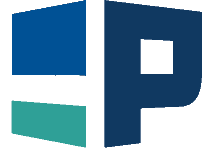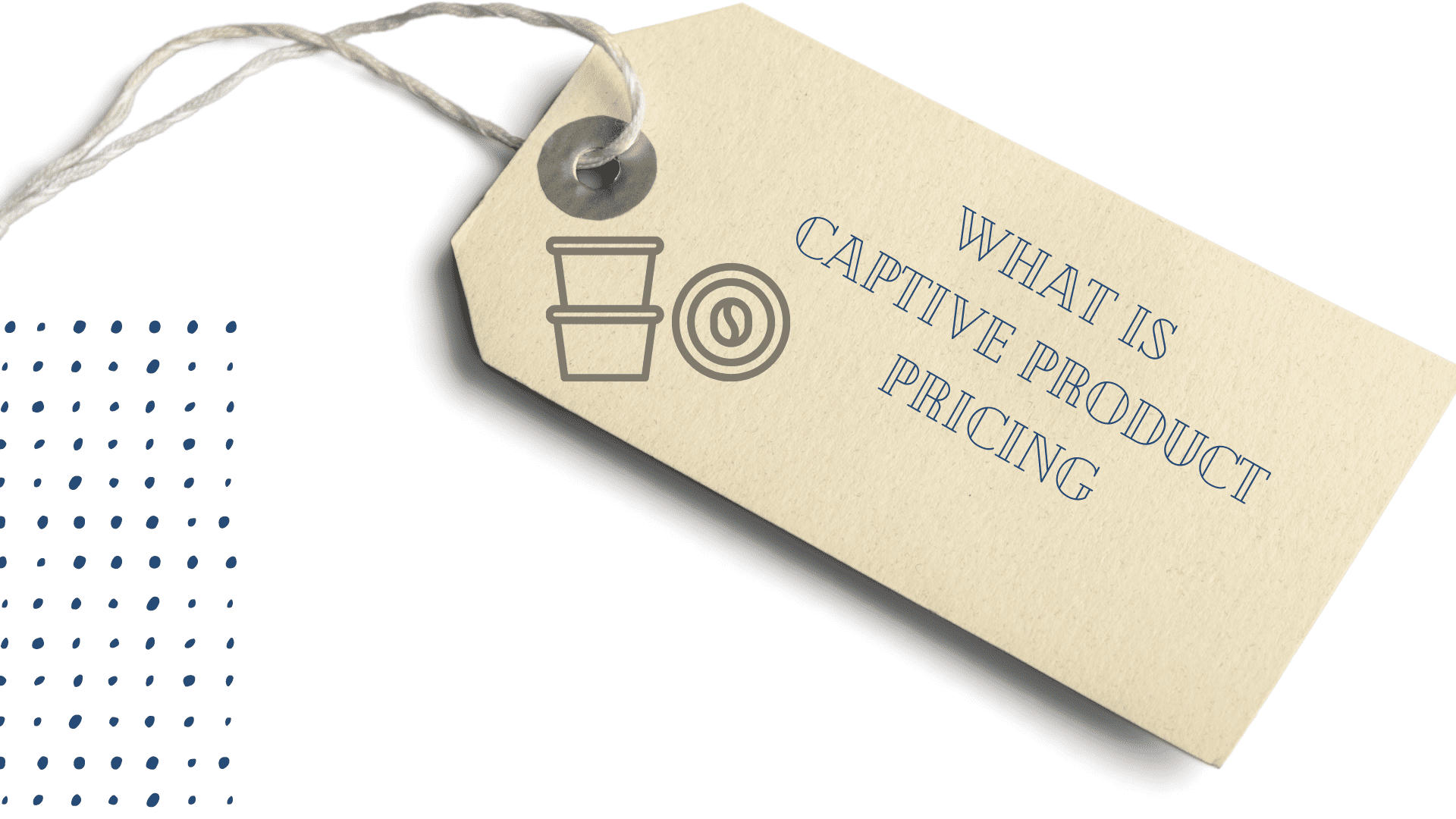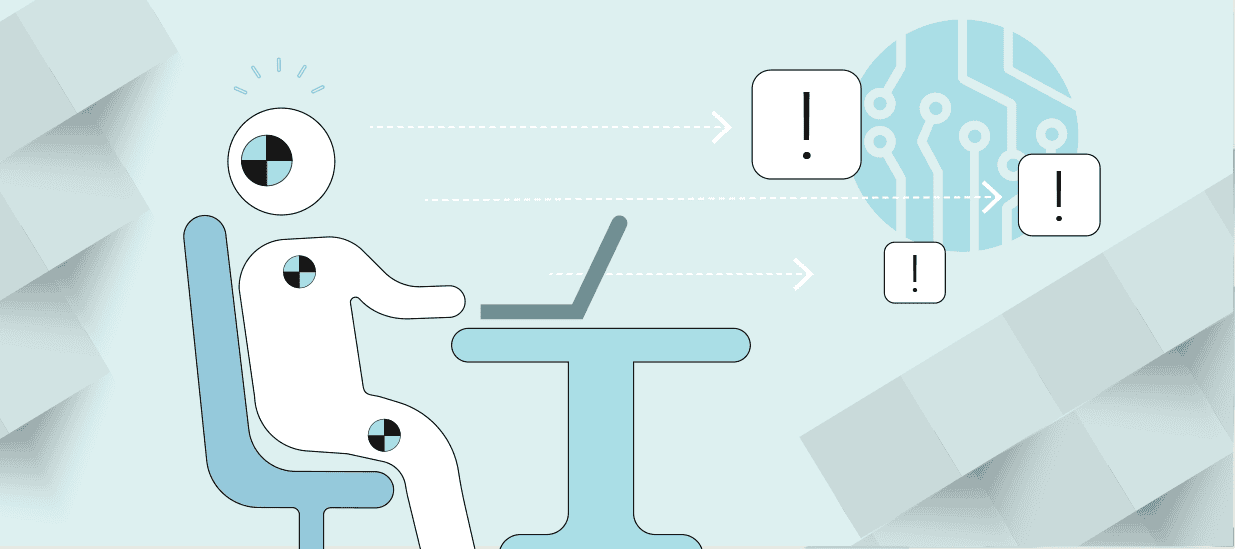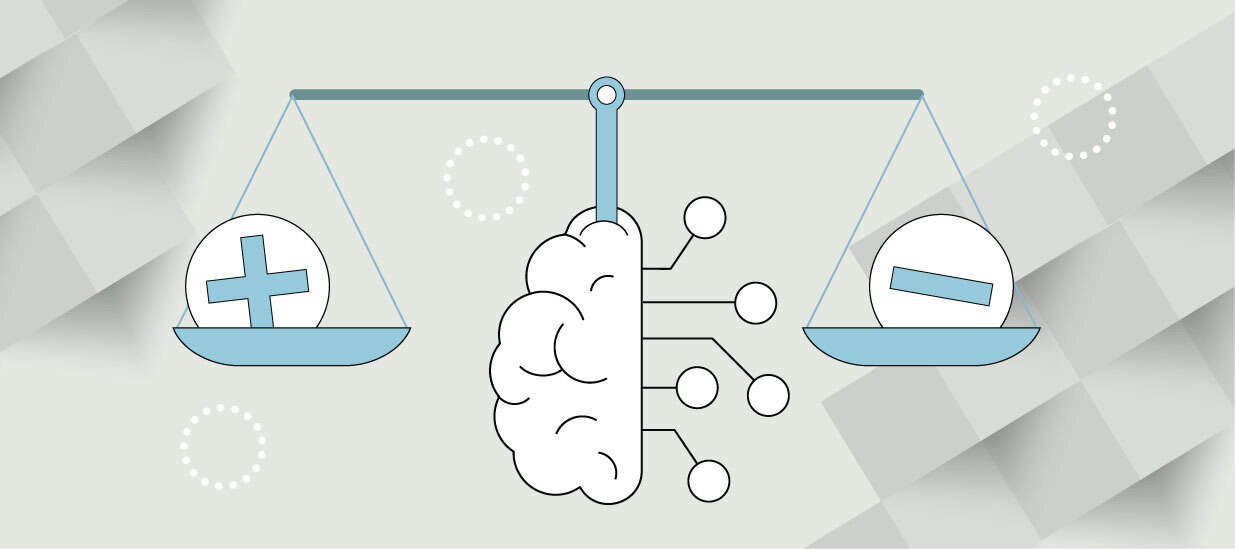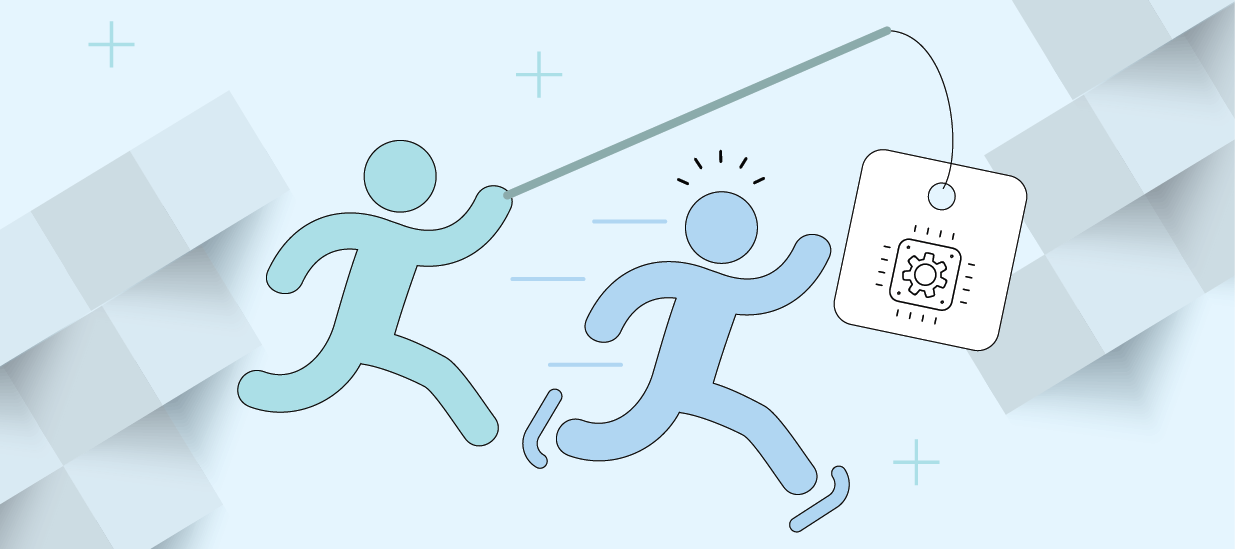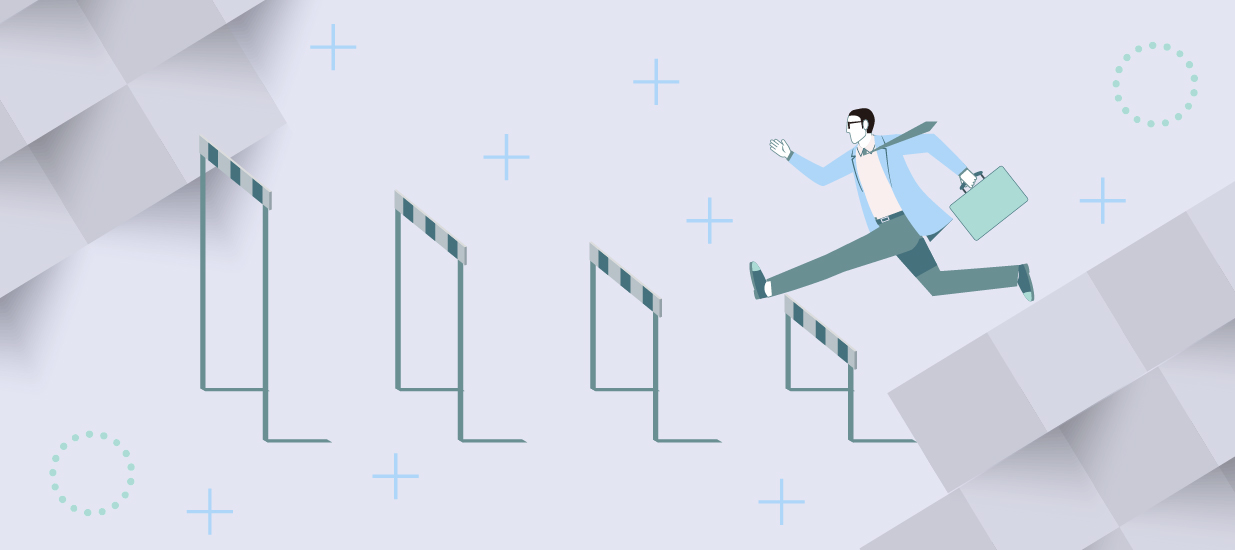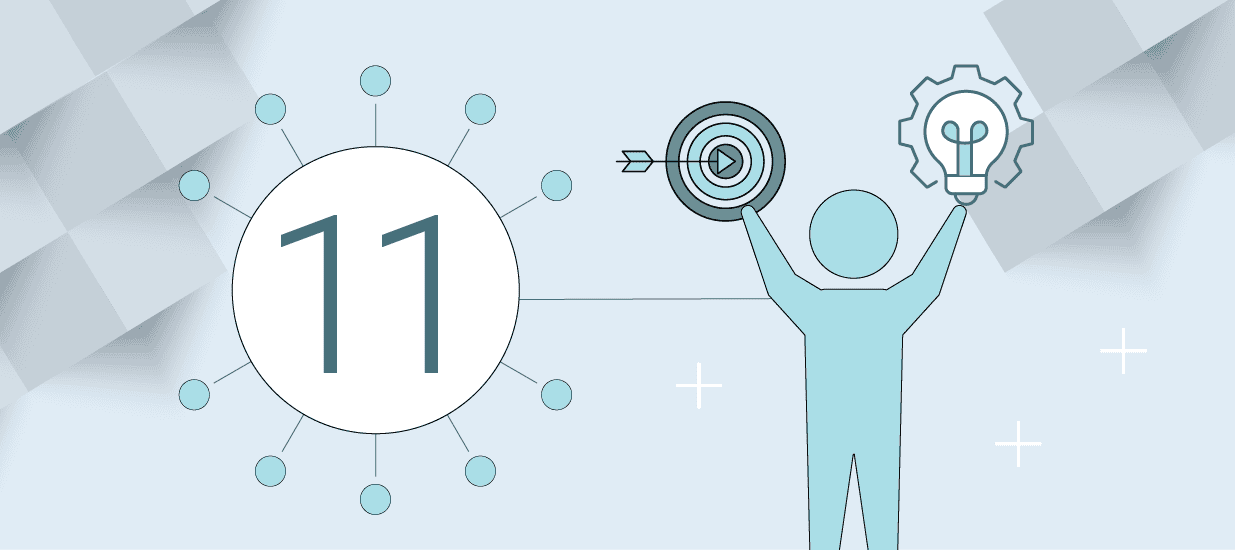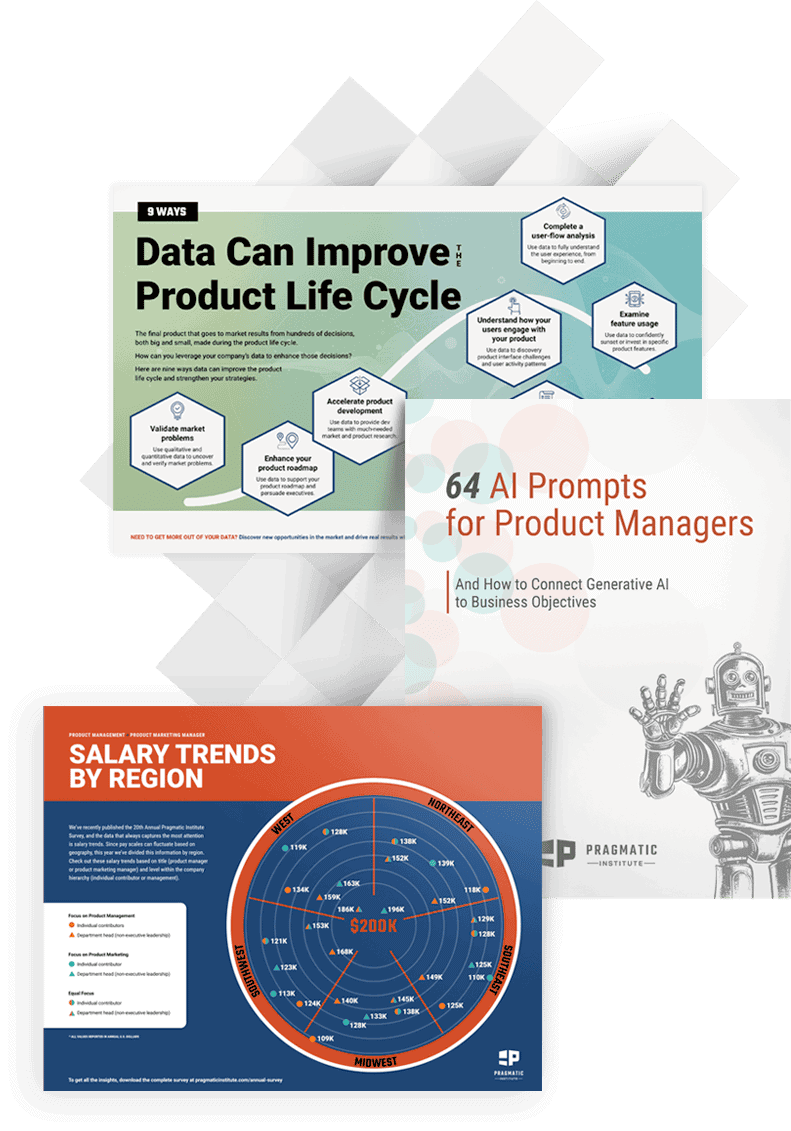5 minute read
What is captive product pricing, what are some examples, and does it work for SaaS companies? The following article answers these questions and more. Resources included.
Navigating the intricacies of pricing strategies reveals the delicate balance companies must strike between driving revenue and maintaining customer satisfaction. In the competitive landscape of the SaaS industry, this equilibrium is critical. As businesses explore innovative models to engage and retain customers, the challenge becomes not just attracting users, but converting them into willing participants in an ongoing value exchange.
Captive product pricing is one way of meeting this challenge, but, does this pricing strategy work for SaaS companies? And, is there a way to leverage a captive product pricing strategy without annoying users? Let’s talk about it!
Start from the beginning or skip to the section that interest you the most:
- What is captive product pricing?
- Freemium as captive product pricing
- Subscription models as captive product pricing
- Add-ons as captive product pricing
- Captive users vs captivated users
- Product pricing resources
What is Captive Product Pricing?
Captive product pricing is when consumers make a one-time purchase, usually for a lower-priced core product, but are required to purchase accessories in order for that product to be useful. These accessories are usually higher-priced. There are many good examples of captive product pricing strategy, the most notorious example might be disposable razors.
Then, there are more recent examples like the Nespresso. The average price of a Nespresso machine is between $130 and $250. Certainly, you can find more expensive ones that have special colors or features. And, you might find refurbished ones or off-brands for slightly cheaper. But those Nespresso pods are required for most machines, and they cost $1.10 – $1.50 for each cup. It doesn’t take long for this machine to cost just as much or more than a traditional espresso machine. But alas, if you have the Nespresso machine, you’re their captive audience.
Freemium as Captive Product Pricing
When it comes to a low-cost core product, you can’t go any cheaper than free. For this strategy to be categorized as a captive product pricing model, the product must have an actual free version, not simply a free trial. But wait, if there is no investment by the user for the free version are they actually a captive audience? Of course, they are, especially when you think about what they might invest that isn’t actual money.
Let’s say your product is task management software or project management software. You give them a free version if they are a single user. The free version may be missing some advanced features, but overall, it’s a functional product that may add value in the form of increased productivity.
The user at this point is investing time curating their projects or tasks on the platform and integrating it into their daily workflow. But what if they want to introduce new users to the platform because their team of one has grown? Now they have a choice, either upgrade the software to a paid version to add “seats” to their dashboard or re-invest time building out their daily workflow on a new platform.
In this situation, they’ll likely opt to upgrade their current software to save time, even though this will come at a cost. Why? Because they don’t want to learn new software and integrate it into their already efficient workflow.
Even better, if your platform does what it promises and has an excellent user experience when it comes to task management or project management, why wouldn’t they be interested in upgrading to unlock the advanced features as well as incorporate new users.
Subscription Models as Captive Product Pricing
A simple subscription pricing model isn’t considered a captive product pricing, even if they pay for the service every month or every year. It’s also not when companies like Netflix start with a low-priced model to beat the competition, which was originally companies like Blockbuster, and then increase the price over time. That is categorized as penetration pricing.
Instead, the captive product pricing model is when a subscription pricing service unlocks new features or products at higher subscription rates. So, it’s more like Hulu or Peacock, sure there is a free or low-cost option, but to have a commercial-free viewing experience or to watch specific shows, you’ll have to pay more.
Once The Office left Netflix the new streaming service on the block, Peacock, saw an increase in their subscribers who specifically wanted this show. The challenge is keeping after they’ve finished the series.
Add-ons As Captive Product Pricing
The gaming industry is bursting with examples of the captive product pricing model through an add-on strategy. Here’s is an example of what that looks like.
Maybe you’re a massive fan of Sims—a life simulation game. Of course, you can purchase and play the basic version of the game, but it’s going to cost extra to have pets, special powers, interesting jobs or unique outfits for your characters.
While the basic version of the game is about $40. The $5-$40 add-ons will add up. In fact, if you were to purchase all 53 kits and expansions it would cost $939.90
What makes this textbook captive product pricing is that the core product is the game—and it’s fully playable at $39.99. However, if you’re sold on the experience, it’ll cost a lot more to improve the gameplay through accessory purchases.
Gaming isn’t the only industry that uses this approach. We can also take a peek at HubSpot’s pricing strategy. You can begin using Hubspot’s CRM software for free. Since this is an excellent tool,you might want to integrate other business activities like marketing, blogs, social media, etc. In fact, the more you want to do on the platform, the more you have to pay.
All of the add-ons, again start adding up and drastically increase the price over time. Does this mean that SIMs players feel scammed or that HubSpot users find themselves frustrated? No, not usually. In fact, they’re happy to pay more. Why? The keyword is value. At the end of the day, users are happy because those extra expenses come with added value. And, most importantly, they feel that it’s worth it.
This brings us to the final answer to the question “does this pricing strategy work for SAAS companies?” And, is there a way to leverage this pricing strategy without annoying users? The answer is yes, and when users are captivated not captive, they’re happy to invest in the accessories.
The Difference Between Captive Users and Captivated Users
Someone with a nice Nespresso machine spending $10 – $20 a week on pods might be frustrated because they are being held captive. The same is true for the consumer purchasing expensive disposable replacement blades for their razor.
It doesn’t have to be a bad experience for the buyer. You just have to put yourself in their shoes and ask, “am I being held captive, or am I captivated.”
When you are captive, you might feel like you’ve fallen for a scam. Maybe you begrudgingly continue to purchase pods because you already have the machine. But you’re not telling your friends about the experience because you’re not happy, and worse, you might be embarrassed that you, “fell for it.”
Captivated audiences respond differently. They’re excited about the newest accessory. They might brag about their latest “expansion” in Sims to friends who also like the game. They might share all the ways they use task management software with colleagues to get them to join as well.
It all comes down to understanding how an accessory will add value to the core product.
Learn more about product pricing strategies in our pricing course.
Product Pricing Resources
Ethical Pricing Strategies with Examples
Product and Pricing Strategies
Author
-

The Pragmatic Editorial Team comprises a diverse team of writers, researchers, and subject matter experts. We are trained to share Pragmatic Institute’s insights and useful information to guide product, data, and design professionals on their career development journeys. Pragmatic Institute is the global leader in Product, Data, and Design training and certification programs for working professionals. Since 1993, we’ve issued over 250,000 product management and product marketing certifications to professionals at companies around the globe. For questions or inquiries, please contact [email protected].
View all posts
